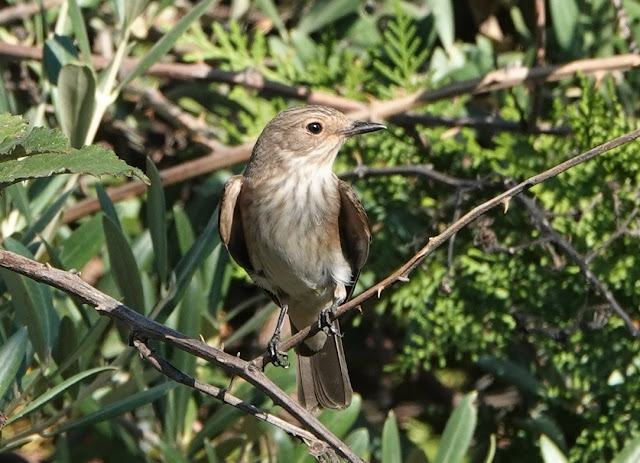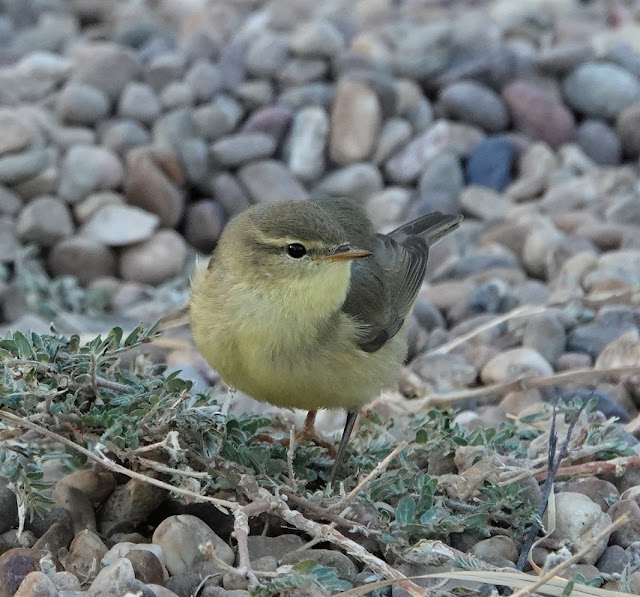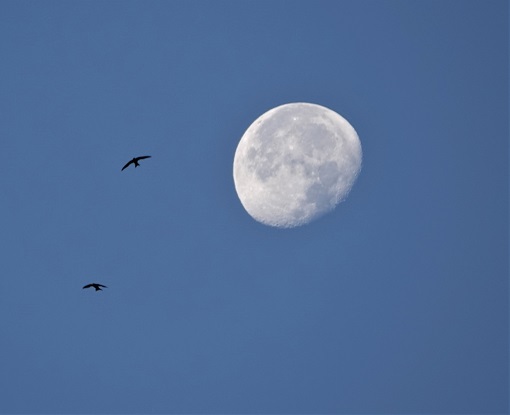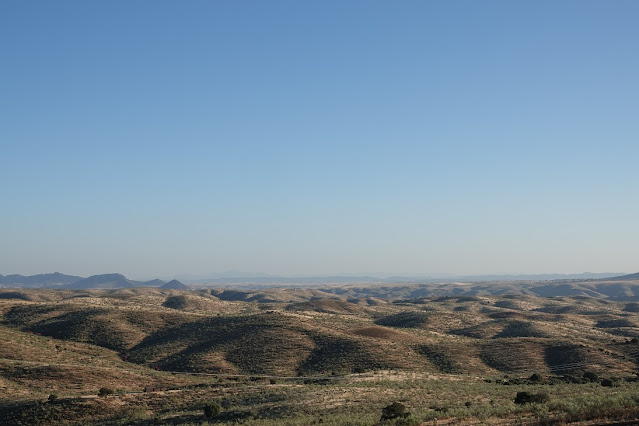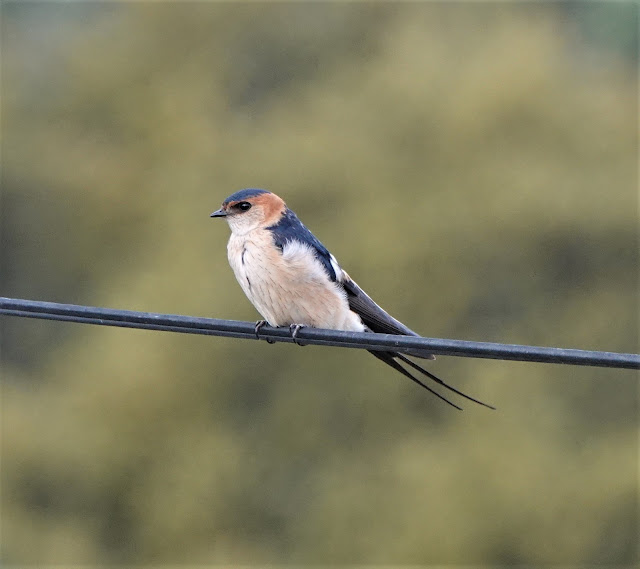The Global Birding Weekend in Extremadura

The Global Bird Watch weekend saw many arriving Common Cranes (Martin Kelsey) October is often considered a bit of an in-between month in Extremadura. The great wave of trans-Saharan migrants such as flycatchers, Common Redstarts, Whinchats and Ortolan Buntings has peaked in September as they paused to refuel. The often exciting variety of waders on overland migration has mainly passed through. Winter visitors are starting to appear, but it will not be later in the month that their numbers build up to reach the amazing spectacle which is winter birding here. And whilst we sometimes find unexpected rarities, as elsewhere, in October, we can never compete with the coastal sites. So it was with great curiosity that five members of GUIDEX , the association of nature guides in Extremadura, formed a team called "Extremadura Birding Guides" to register as part of the Global Birding Weekend . Together with about a hundred teams and thousands of individuals across over 120 countries, ...
